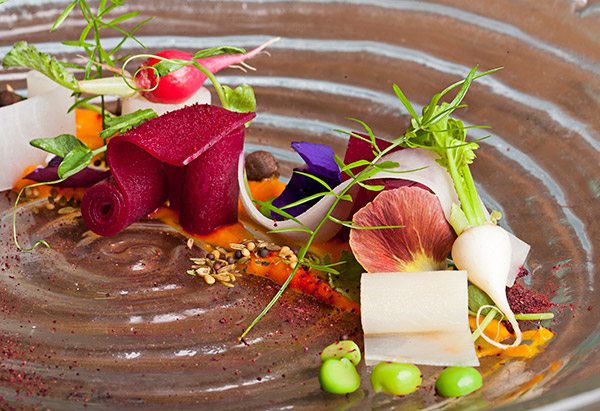
Garnishes can add a ton of visual appeal to dishes as well as make your culinary skills Master-Chef-level impressive. They can also enhance the flavors of a dish, provide texture and make food easier to eat.
When choosing garnishes, choose ones that are edible and complement the dish you are plating. For example, chives add a nice color to a plate but they have a strong onion flavor that can overwhelm a delicate dish.
Elevate the Presentation
A simple garnish can turn a food plate into a culinary work of art. It can draw customers’ attention to the dish, complement its flavor, and create a sense of freshness.
The key to garnishing is pairing the right herbs with your dishes. This can be as easy as mixing complementary herb flavors together, such as sage and thyme or rosemary and parsley, creating a harmonious blend of irresistible tastes and aromas.
Garnishes can also enhance a food’s texture. For instance, crispy carrot shoestrings or pomegranate seeds can add a pop of color and texture to a dish, making it look more appealing. Adding herbs as garnishes can make even the simplest of dishes seem like it was created by a Master Chef.
Boost the Flavor
Garnishes help to balance dishes by providing a burst of flavor and aroma. They can also bring texture and color to a plate.
In addition to fresh herbs, fruits and vegetables are popular types of garnish. Lemon wedges, watermelon slices, orange peel, whole berries and tomatoes are all great choices. Herbs like basil can be brushed with egg whites and rolled in sugar to create candied garnishes.
The right garnish can boost the taste of any dish. Adding a sprinkle of chives to scrambled eggs or roasted potatoes can give them that onion-y, garlicky flavor they crave. Thyme (a key ingredient in the herb blends Herbes de Provence and bouquet garni) is another favorite for savory dishes, particularly soups and stews. It can be used fresh or dried and can be added at the beginning of cooking to preserve flavor or at the end for a brighter, more refreshing taste. It also pairs well with a wide range of other herbs and spices.
Add a Touch of Elegance
One of the benefits of using herbs as garnish is that they add a touch of elegance to a dish. They look beautiful with their green, spiky leaves and rich colors, and can create a sense of harmony on the plate.
For example, a classic boiled potato is usually garnished with parsley. That sprig adds color and flavor to the plate, whetting the appetite for the main course.
Another example is dill, which can be used to garnish soups, salads and yogurt dips such as tzatziki. Its mild, onion-like taste makes it a great complement to seafood dishes as well.
Lavender is a popular herb to use as a cocktail garnish because it adds a pleasant floral and woody aroma to drinks. It also adds a hint of sweetness and is easy to grow in a kitchen garden or in containers. It's also a nice accent to any dessert platter. When chopping herbs, try to use kitchen shears instead of a knife. It'll save you time and the hassle of cleaning a knife afterward.
Transform Your Dishes into Culinary Works of Art
When you've learned the basics of food garnishing, you can transform your dishes into edible works of art. This type of artistic plating is similar to Japanese techniques for arranging food to form shapes that resemble animals, nature scenes or popular characters and celebrities.
Unlike the sprig of parsley that often graces the edge of a plate or atop side dishes before being plucked away, a garnish adds color, flavor and texture to a dish. In addition, a well-chosen garnish can serve as an edible label that communicates the entrée's ingredients and flavors.
Garnishes can be a great way to showcase your culinary talent. In fact, many restaurants feature a dedicated herb garden where chefs pull the freshest herbs right before they're served. Even home cooks can establish a small herb garden that takes up very little space but yields a variety of culinary tools. From sprigs of thyme to a handful of chopped basil, it's easy to create impressive dishes that are worth remembering.
Frequently Asked Questions
What is the mother of all herbs?
The answer may surprise you!
It is a common garden herb known as rosemary (Rosmarinus officinalis). Rosemary has long been associated with fertility, longevity, and protection from illness. In some cultures, it was believed that the fragrance of rosemary could ward off evil spirits.
As such, it has been used for centuries in various medicinal, culinary, and spiritual applications. Rosemary has a unique flavor that pairs well with many dishes, making it a popular choice in the kitchen. Its fragrant leaves also add flavor to sauces, herbs, and meats.
Rosemary is a powerful medicinal herb used throughout the centuries to treat various ailments. Rosemary essential oil can treat respiratory tract infections, digestion problems, skin irritation, and inflammation. Its anti-inflammatory properties make it helpful in treating headaches and muscle pain as well. In addition, the oil has been used to improve cognitive function and memory recall. Rosemary can also be taken as a supplement, tea, or tincture for its many benefits.
It's no wonder rosemary is known as the mother of herbs! It truly is a versatile and valued herb.
How to make herbal remedies at home?
Making herbal remedies at home is easy. All you need is fresh herbs, water, salt, and sugar. You can use any herb, depending on what you want to create.
For example, choose mint, basil, chamomile, or lemon balm to make a soothing tea. If you want to make a cooling drink, try rosemary, thyme, lavender, or eucalyptus.
All you need to do is put all the ingredients into a pot and boil them until they become soft. Strain out the herbs and serve hot.
Add honey to the boiling mixture to make a tonic drink. Honey is a preservative and will keep your herbal remedy fresh for longer.
You can also combine two or three herbs to make a more potent brew. For instance, you could mix equal parts of garlic and ginger to make a powerful antiseptic. Or you can combine equal amounts of turmeric and ginger to make a potent immune booster.
Soak a clean cloth in warm water and place it over the affected area to make a compress. Leave it for 10 minutes before removing it. Do this every day until the swelling goes down.
Make sure you consult your doctor first before using herbal remedies. Some plants may interact negatively with other medications. Also, don't take large quantities of herbs because they can cause side effects.
What is the difference between basil and oregano?
Both of these herbs belong to the Lamiaceae family. They share similar flavors, but the differences are obvious.
Oregano is more pungent than basil. It also adds an extra layer of flavor to foods.
Basil leaves are smaller than oregano leaves. They are also softer and less aromatic.
The two herbs are often used interchangeably. Although they are quite similar, each has its distinctive qualities.
What herb is best for healing?
Herbs are a fantastic way to help heal our bodies. Herbal medicine has been used since ancient times and continues to grow today. There are thousands of herbs known to cure various ailments.
Some herbs are excellent for treating colds and flu, while others can treat anxiety, depression, arthritis, cancer, diabetes, heart disease, and more.
There are also herbal remedies for skin care, hair loss, weight loss, sexual health, energy, sleep, digestion, and much more.
The list goes on and on. But one herb stands above them all regarding its ability to heal. That herb is called aloe vera.
Aloe Vera is considered to be the world's most powerful healer. For centuries it has helped people heal themselves naturally without any side effects.
It's incredible how well aloe vera works. It's even better than prescription drugs and surgery.
In addition to its natural healing properties, aloe vera is highly versatile and can be used in almost any area of life, including food, beauty products, and household cleaning supplies.
You may not realize this, but aloe vera contains hundreds of active compounds, which include vitamins A, C, E, B1, B2, B3, B6, folic acid, calcium, magnesium, iron, zinc, copper, sulfur, manganese, phosphorus, potassium, sodium, chloride, fluoride, iodine, selenium and more.
These nutrients are essential for human body functions such as cell growth, metabolism, immune system support, healthy bones and teeth, healthy blood pressure levels, healthy eyesight, healthy cardiovascular systems, healthy digestive systems, healthy lungs, healthy nervous system, healthy reproductive organs, healthy skin, and healthy libido.
Which plant has antibiotic and wound-healing properties?
People often ask about plants that have medicinal uses. Some of these include aloe vera, eucalyptus, chamomile, and lavender. If you're wondering why there aren't any plants used for cleaning and disinfecting purposes, it's because most plants have toxic qualities.
The reason why we use herbs for medicine is that they contain compounds that stimulate our immune system. This means that they help us fight infections and heal wounds.
Some plants also have anti-inflammatory properties. These include ginger, turmeric, and mint.
Herbs such as basil, fennel, marigold, and oregano are great for cleansing the body.
There are even some plants that help prevent cancer. Research shows that black raspberries may reduce the chances of developing breast cancer. The same goes for broccoli. It can help prevent colon cancer.
Statistics
- The herbs market is highly competitive, with over 1,000 herb suppliers and over 15,000 herbs products available in the United States alone.
- Herbs are among the most popular and widely used medicinal remedies. According to a survey conducted by the National Institutes of Health, herbs were used by over 38% of adults in the United States.
External Links
[TAG48]
[TAG50]
- Ashwagandha | Memorial Sloan Kettering Cancer Center
- Grape Seed | Memorial Sloan Kettering Cancer Center
[TAG53]
[TAG56]
How To
How To Upcycle Herbs After Making Infusions, Oils, Tinctures, And More?
There are more ways to use herbs than you might realize. This is why it's essential to keep an open mind when learning how to make herbal infusions, oils, tinctures, and more.
You'll find that there are many methods for making these products, and even though they may seem similar, each method has its benefits.
For example, some methods include creating decoctions, boiling water or alcohol with the herb(s), and letting them simmer for a while. These infusions are solid and potent because they contain higher concentrations of active compounds.
Another type of infusion includes macerating the herb(s), which means soaking them in liquid for a few hours or even overnight. Macerations tend to produce milder results because the plant material isn't boiled.
Some cold-infused forms involve steeping herbs in cool liquids such as ice cubes or cold water. Cold infusions are gentler than hot ones, often used to treat minor ailments.
Herbal oil extraction involves heating the herb(s) to release the essential oils. You can either do this yourself or have someone help you out with it.
Finally, there are tinctures made by mixing herbs with alcohol. They're usually taken orally and are very effective for treating coughs, colds, and flu symptoms.
The best way to learn how to create infused products is to experiment with various techniques. Each technique offers a different potency and effectiveness, depending on the herb(s) you choose.
Once you've tried a few different methods, you'll begin to develop your preferences. In time, you'll be able to determine which techniques work well for you and which aren't worth pursuing.
Resources:
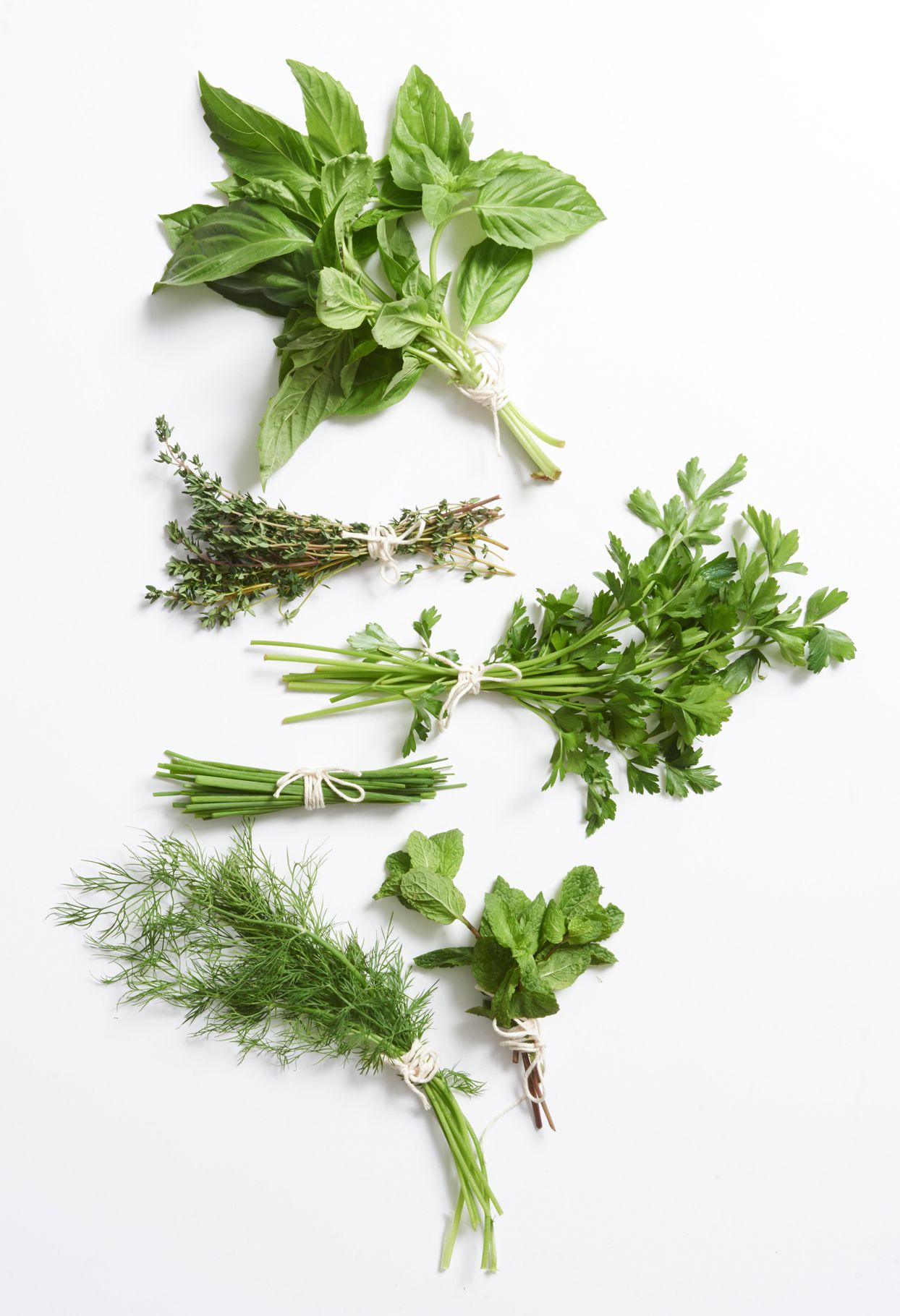 |
[TAG58]The 84-year-old Chen Xiangbai is a leading figure in Chaozhou Gong Fu Cha. He has collected, organized, and determined the standard Chaozhou Gongfu.. |
 |
[TAG59]Hey ya'll, I'm Jess from Roots & Refuge Farm Welcome to a place that feels like home. A small farm with a big family. We hope you'll pull up a chair, |
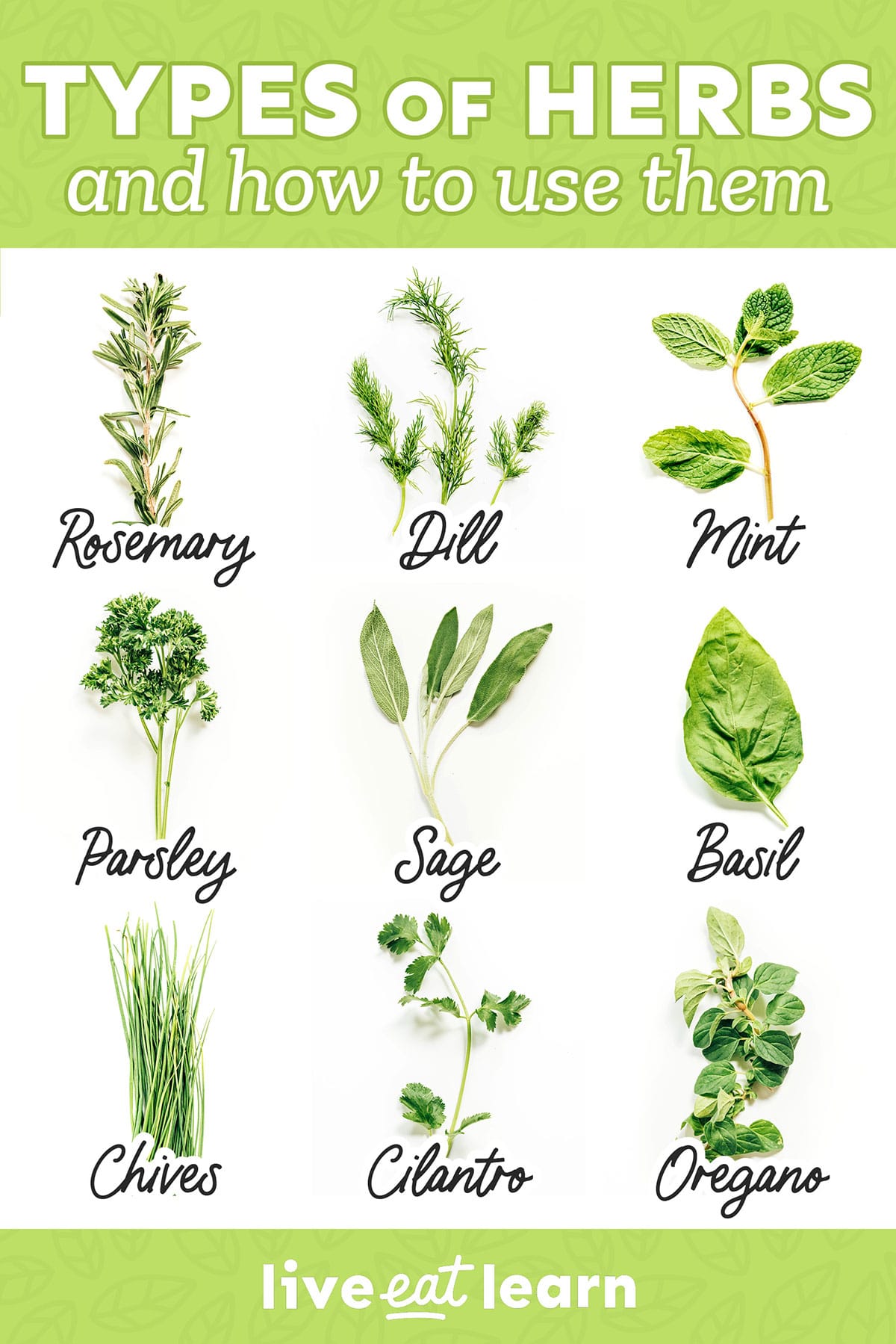 |
[TAG60]While Arabica beans are more popular, robusta coffee (Coffea canephora) also has a place in the world market. Robusta is less expensive to grow |
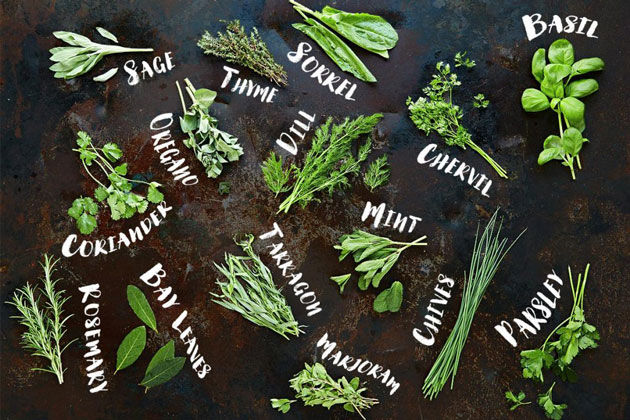 |
[TAG61]Here is the Pioneer Woman's link to her squash Casserole Here is is the link to my video of her Chicken Spaghetti I hope you all enjoy the southern.. |
 |
[TAG62]Soft rain with distant thunder in the quiet magical land of Hogwarts will help you forget about stress and problems. Magic healing rain with distant.. |
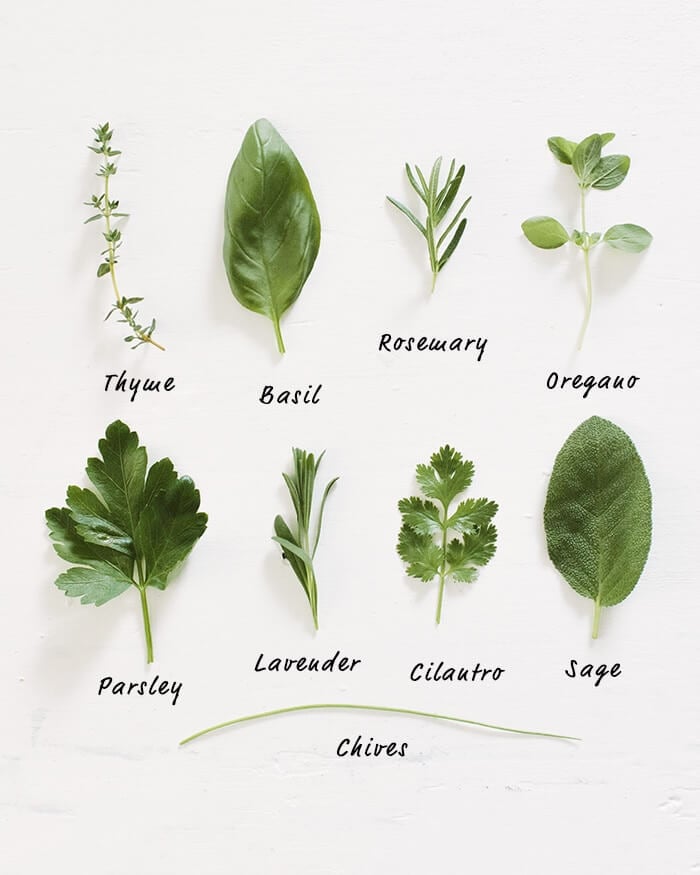 |
[TAG63]#Peasant #villagevlog #pastry The videos are shot in the Gakh region of Azerbaijan. We prepare delicious recipes in the village and present Azerbaijani |
 |
[TAG64]Fulljoy reasoning from Ras Papa owner of Nilotika Naturals located in Mekong, Uganda. In this clip Ras Papa gives us a tour of his farm Valeria Agro where |
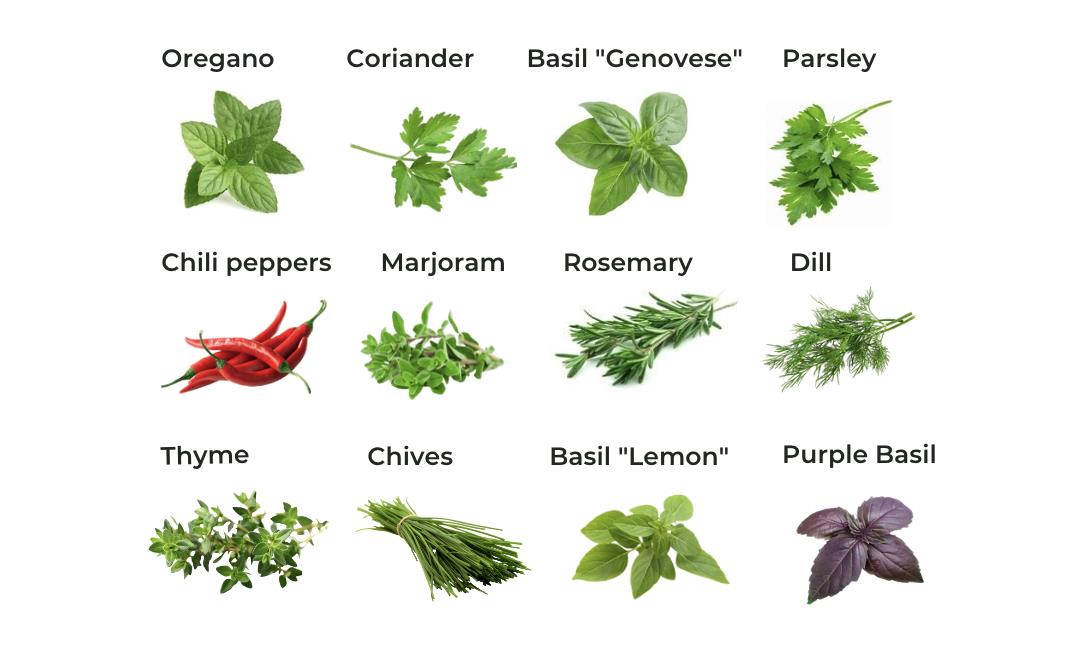 |
[TAG65]Follow Herbal Medicine Director, Peter Jackson-Main, as he takes you through a step by step instruction on how to make a powerful immune boosting tea. |
 |
[TAG66]I wanted to walk through the grocery store and show you some of my favorite high quality chocolate items, including some next level sugar free.. |
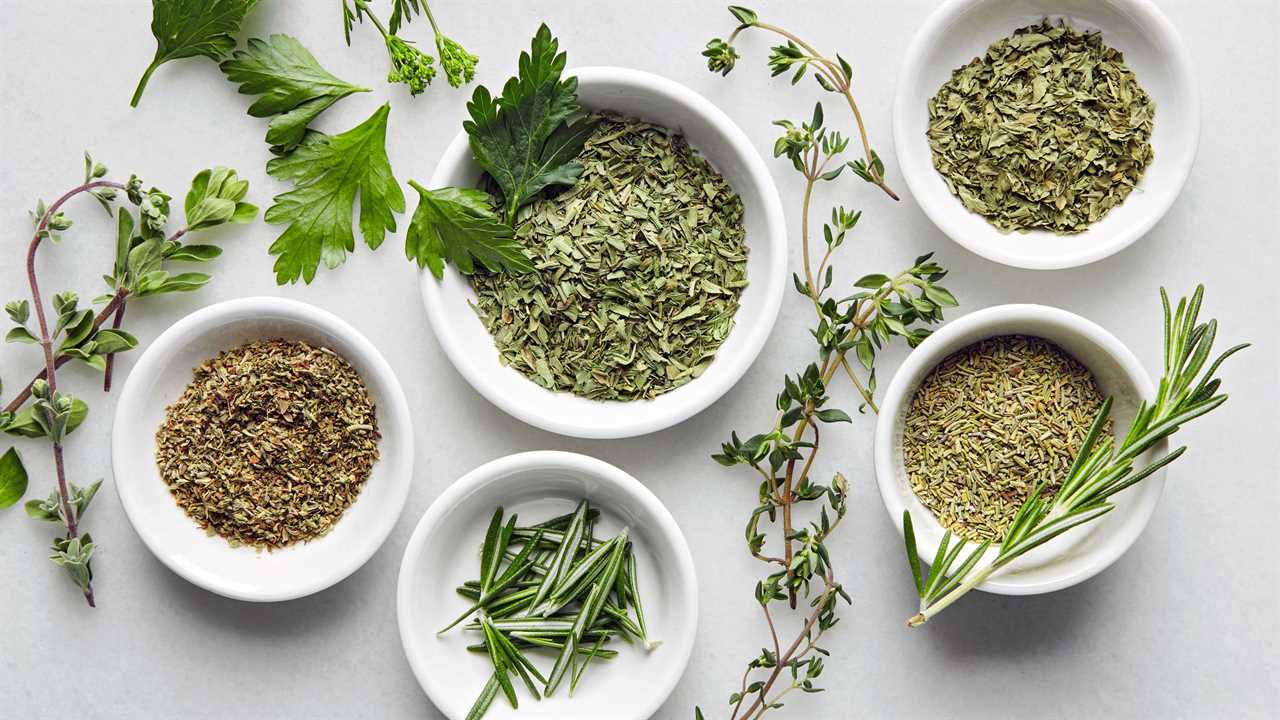 |
[TAG67]Are you ready to take the leap and learn the skills to supplement your self sufficiency Join this channel to get access to perks: |
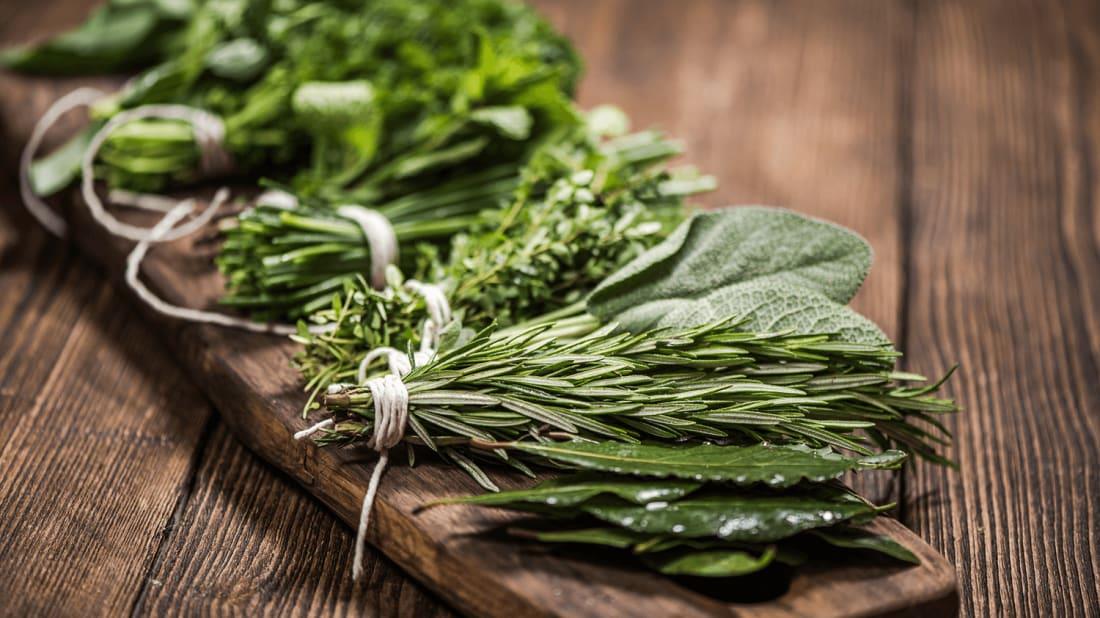 |
[TAG68]Learn herbs from respected professional herbalists offering world-class herbalist training. The NEW Professional Herbalist Course includes courses on over 600 |
 |
[TAG69]Our apothecary at the Chestnut School is no mere medicine cabinet; it holds the stories and healing signatures of herbs gathered from local wildlands, |
 |
[TAG70]In this video, I share 6 veggies you can start in July right now! July is our hottest month, but don't let that fool you. Now is the best time to.. |
 |
[TAG71]#herbalmedicine #feverfew #apothecary Welcome friends and join us in the Garden to harvest a lovely little plant that helps me with my migraines! Today we |
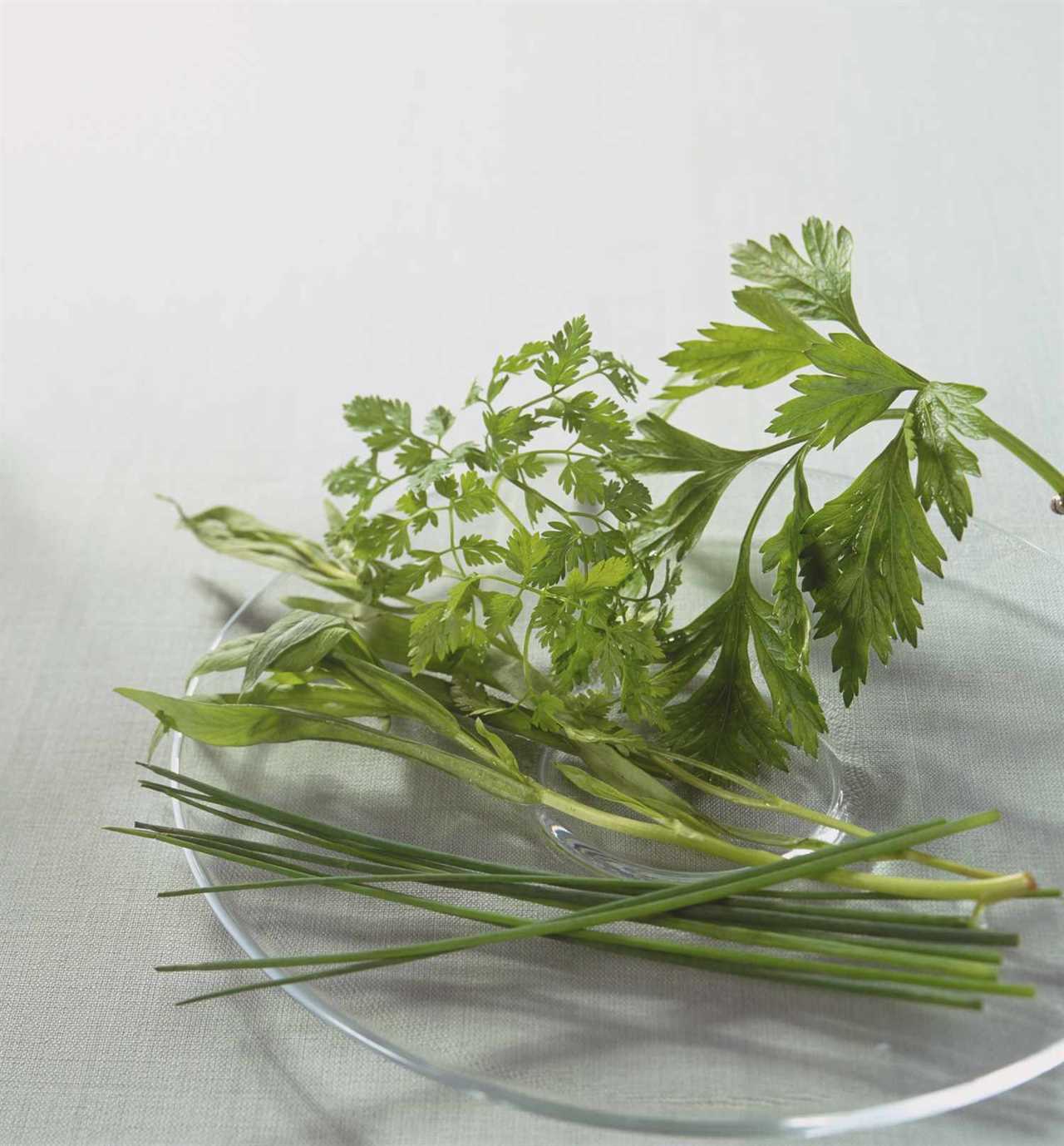 |
[TAG72]Gardening and cooking with fresh ingredients is one of the reasons I love our life here. We have spent a lot of time in the garden over the last few.. |
 |
[TAG73]Lemongrass is a perennial herb that thrives in tropical climates and is used in Thai and Vietnamese cuisine. It has a refreshing, citrus and |
 |
[TAG74]This video covers making a simple, non-electric, low maintenance, hydroponic set-up from things you have at home, no special tools or equipment... |
 |
[TAG75]Full home garden tour where we will give you a live update of our sun garden, cottage garden, patio garden, and vegetable garden. Take a peek at some |
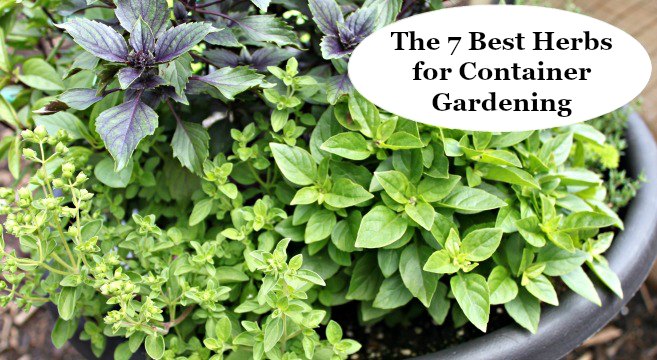 |
[TAG76]Every home cook should have a well-stocked and organized pantry. I've broken everything down in this video and have a master pantry list on Notion.. |
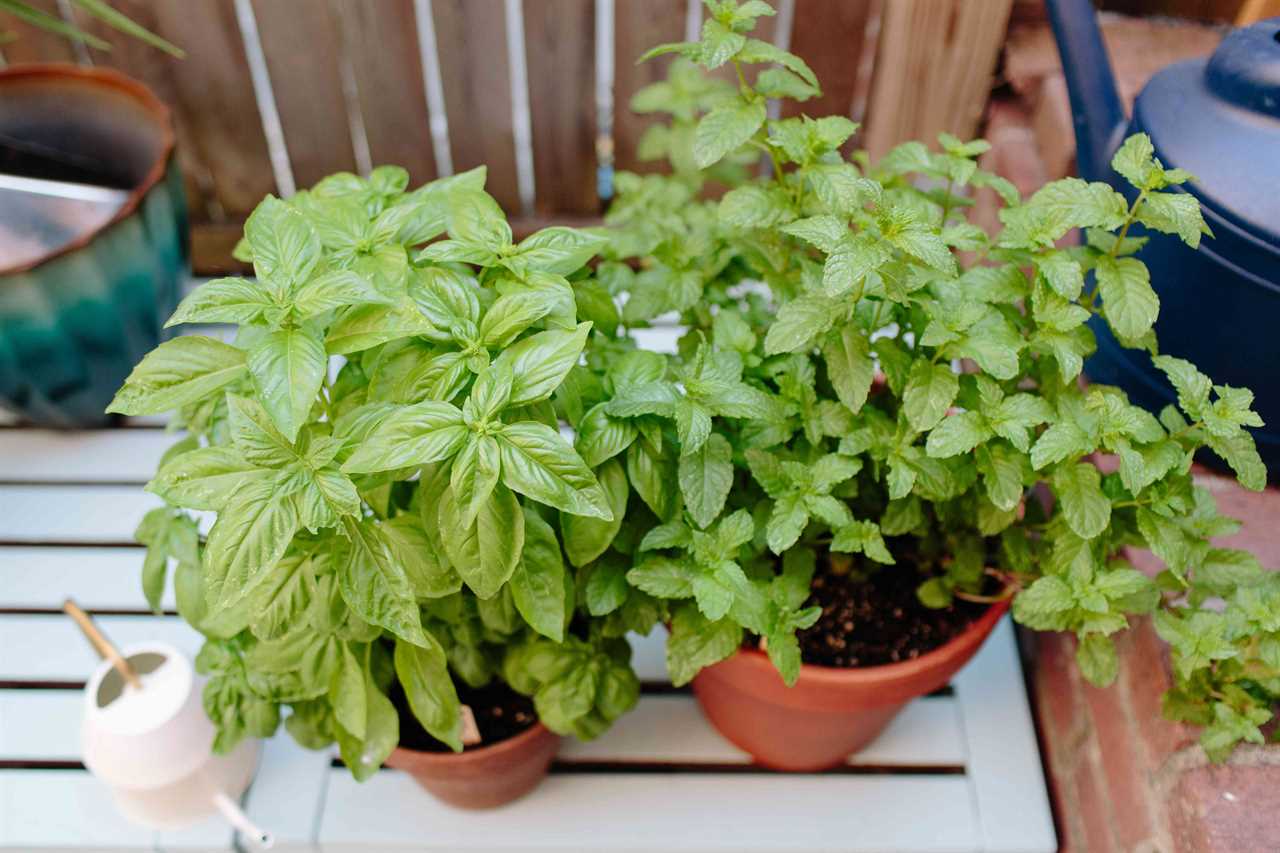 |
[TAG77]Creating a successful fruit tree guild is so easy and surprisingly quick, and here's how! In today's episode, I teach you the 6 main plant groups.. |
 |
[TAG78]Hey guys! In today's video I am sharing with you 5 really easy and simple ways to use jiffy cornbread mix when you are on a budget! I love this stuff |
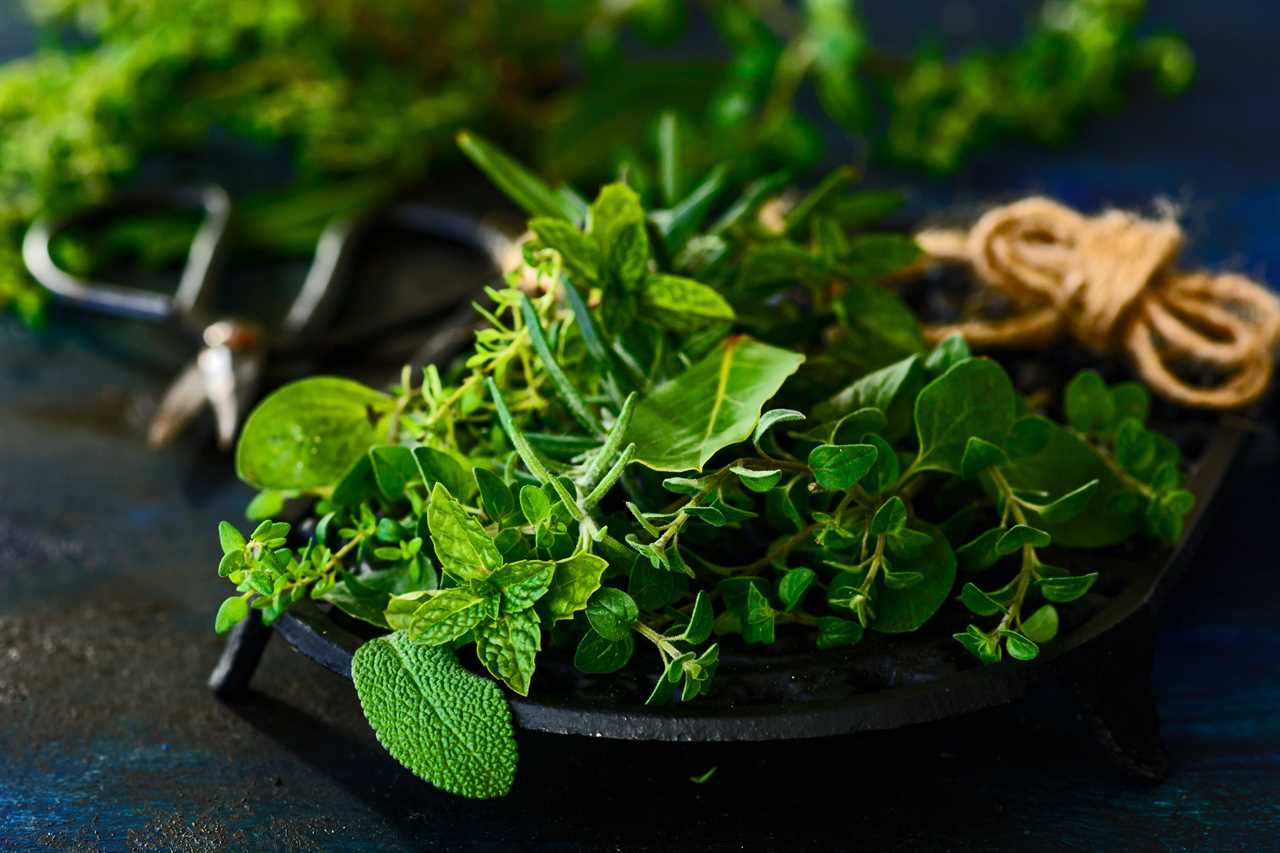 |
[TAG79]Find out more about herbs and how to use them |
 |
[TAG80]I'm loving these different ways to prepare herbs! This herbal bath experience was legendary and definitely something I'm going to continue doing!.. |
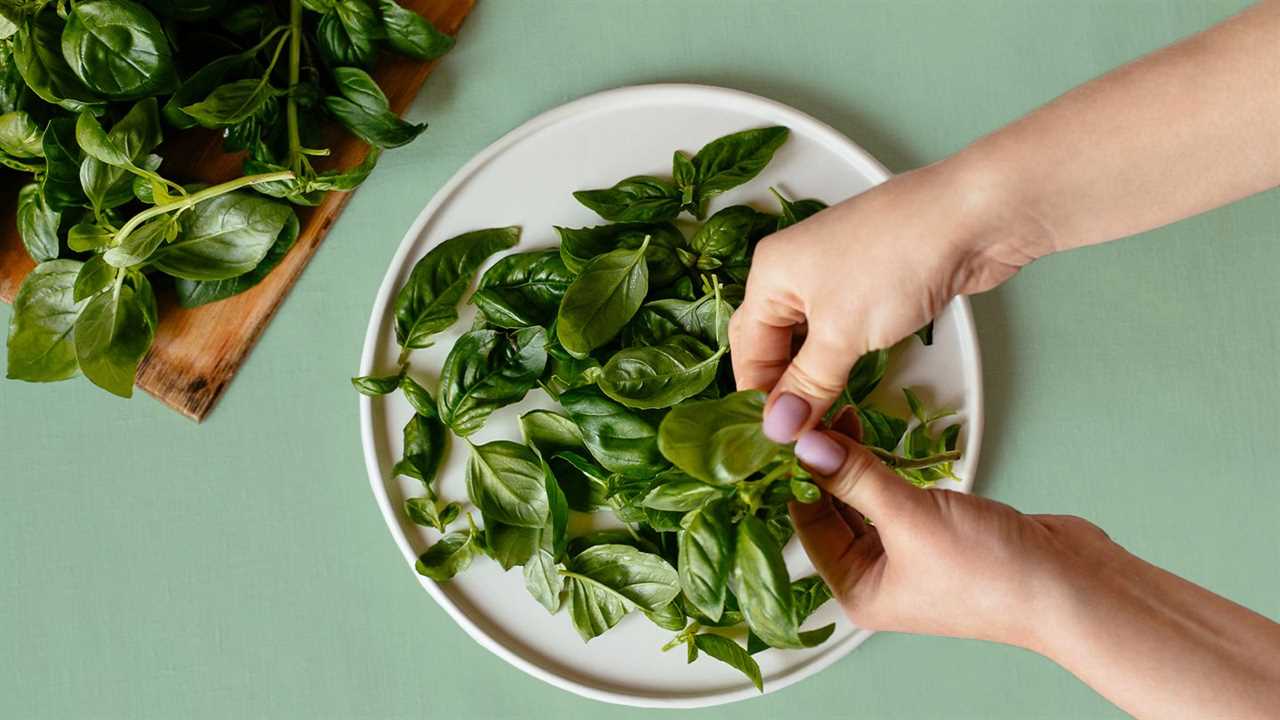 |
[TAG81]On our last day at #pandamonium homestead, Ausia gave us fresh eggs from her hens, and herbs that we picked fresh from her garden. #fulltinyhouse #rvlife |
 |
[TAG82]Hogwarts Legacy ( Part 15 ) - Herbology Class PS5 [ No Commentary] Newt Scamander |
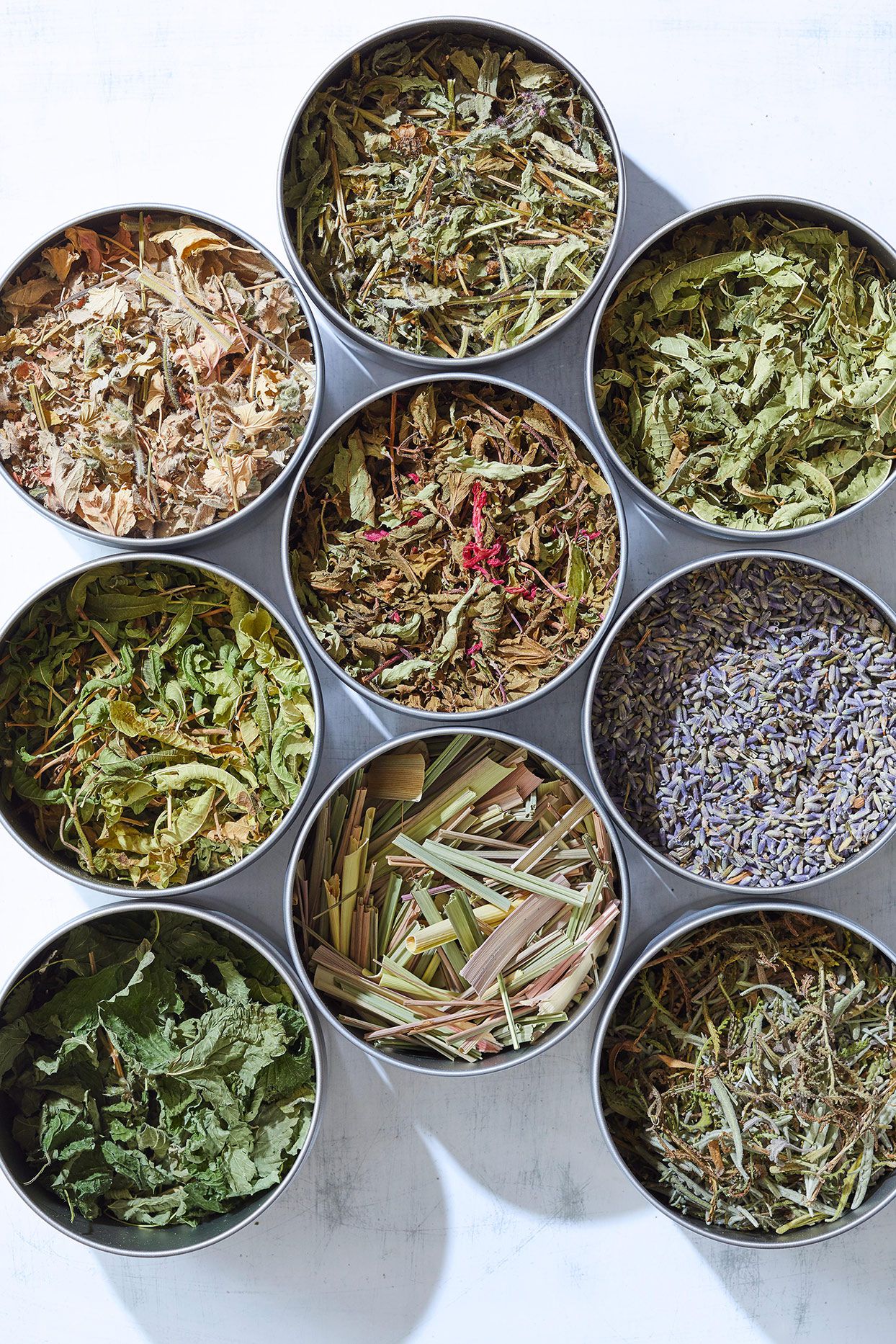 |
[TAG83]Jekka's top 10 herbs you can find in show gardens at RHS Chelsea Flower Show in 2023 |
 |
[TAG84]Join me in the kitchen today! We will be creating herbal salt seasoning blends, which is a wonderful way to preserve our summer bounty of herbs. Welcome |
 |
[TAG85]One question I get often is, "I have herbs growing, but I don't know what to do with them." Or, "How do I prepare them and harvest them?" So it will depend on |
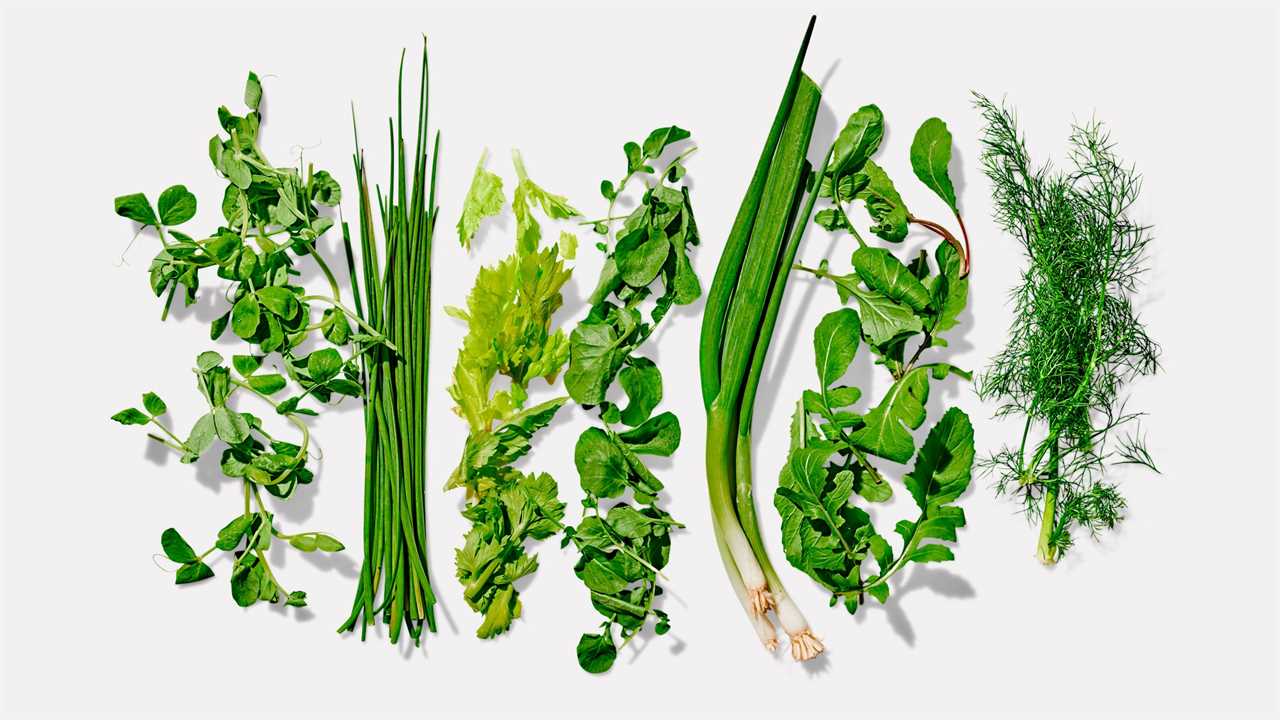 |
[TAG86]Hey ya'll, I'm Jess from Roots & Refuge Farm Welcome to a place that feels like home. A small farm with a big family. We hope you'll pull up a chair, grab |
 |
[TAG87]Alborosie’s Still Blazing from his album Soul Pirate (Deluxe Remastered Edition). Subscribe to Alborosie VEVO channel - https://www.youtube |
 |
[TAG88]Arusip fruit is in season today. I picked some and made jam. It is a perfect match to a bread and coffee in the morning. I went also to the top the waterfalls |
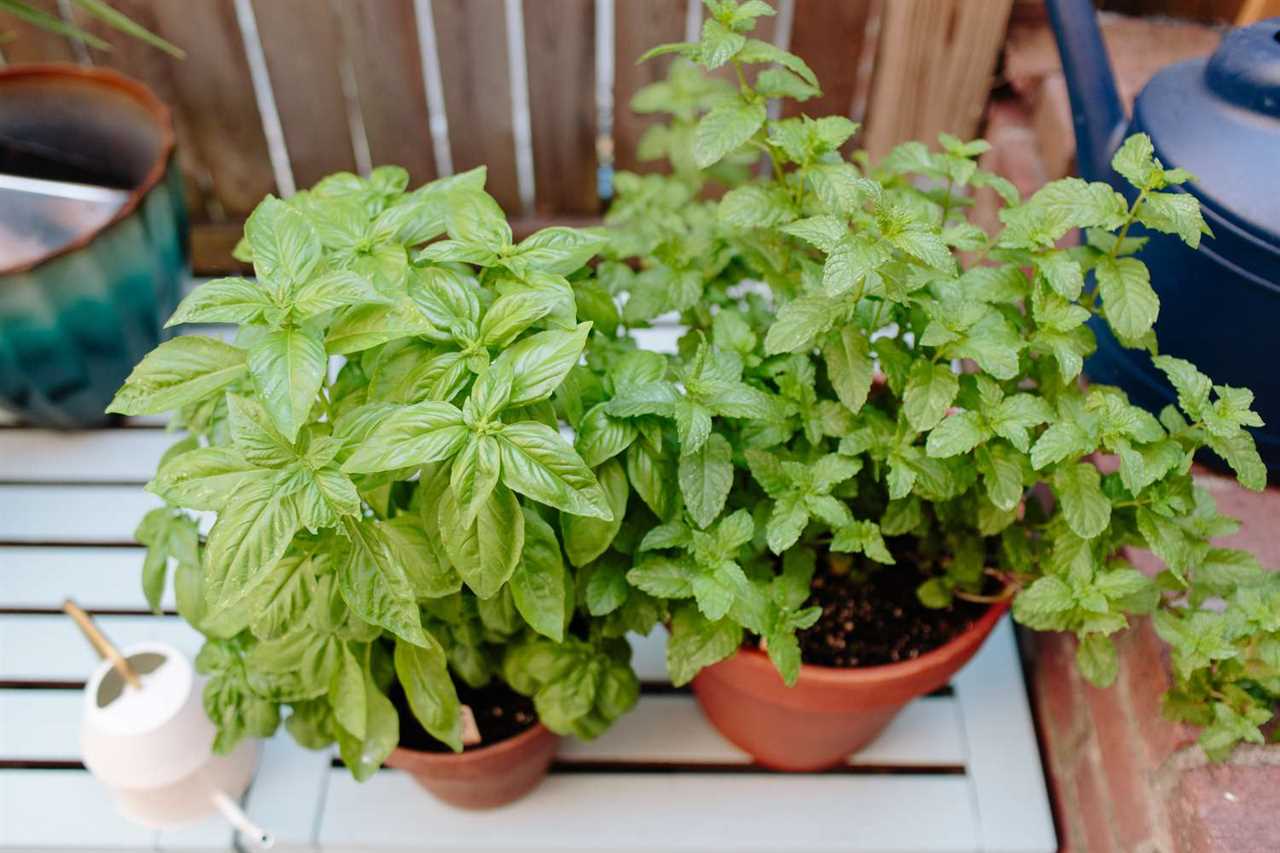 |
[TAG89]#herbs #kitchengarden #gardening Herb Gardening For Beginners - DIY Kitchen Herb Garden Hope you find this video helpful! Thanks for watching! Misilla |
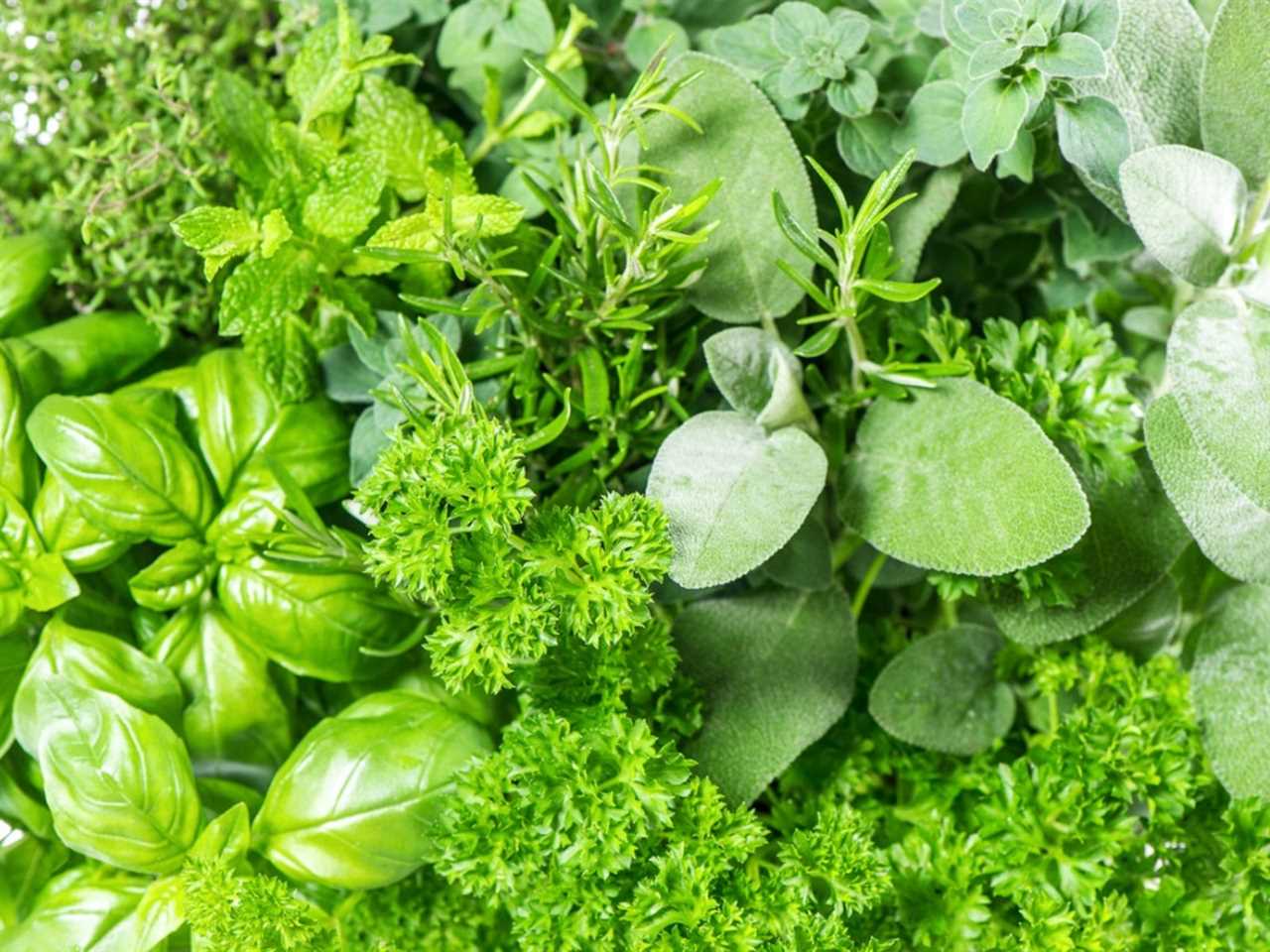 |
[TAG90]Like life, tea is what you make of it and The Cup of Life helps individuals enjoy tea in more than one way. Join me on my tea adventures through my blog! |
 |
[TAG91]Join me and Kat Mackinnon, who shares an impressive amount of information about the medicinal gifts of the pine tree in a hilarious and quirky way! |
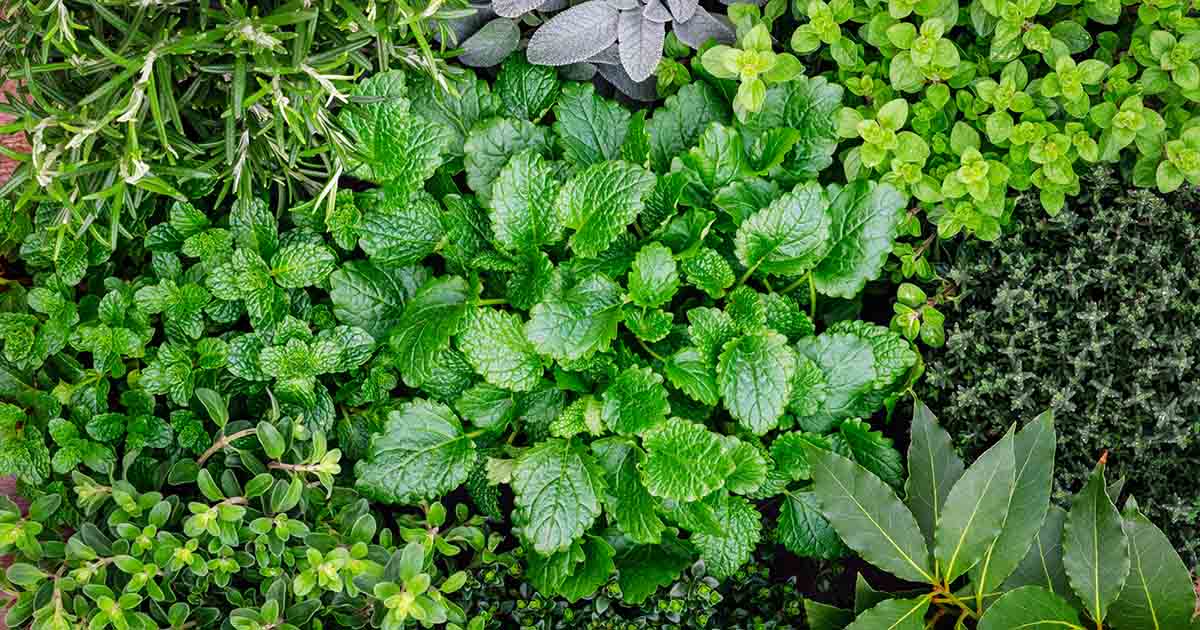 |
[TAG92]Tongkat Ali is an herb that’s traditionally been used for sexual enhancement, energy, strength, fever, and several other conditions. In ... Read more |
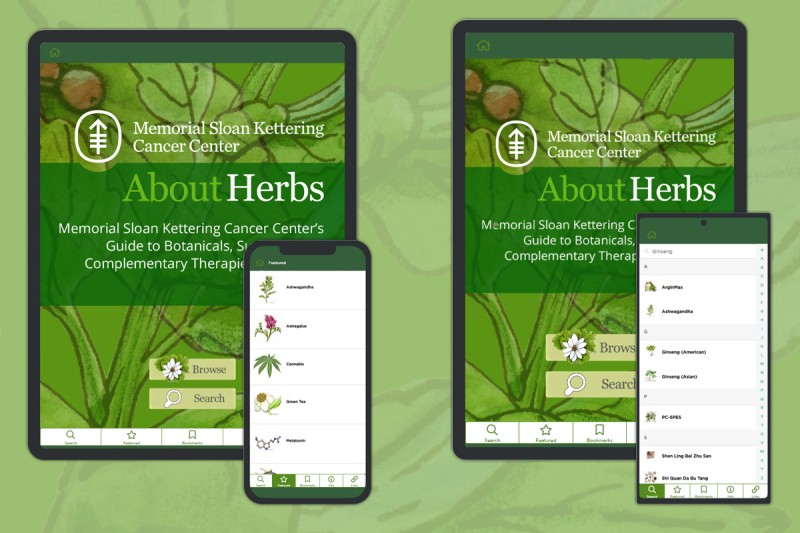 |
[TAG93]Find out how to use willow bark for natural pain relief, backaches, muscular soreness, headaches, arthritis, and more! |
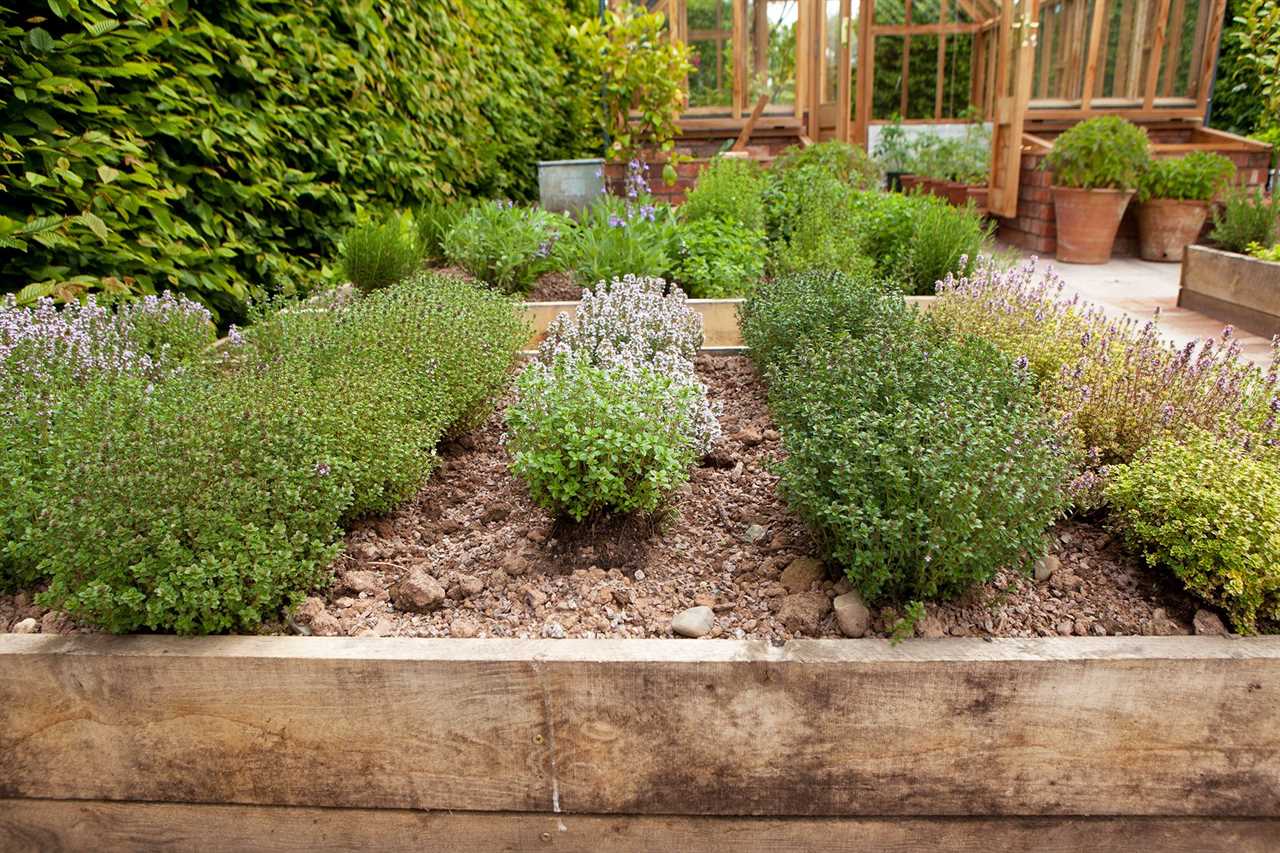 |
[TAG94]Have you ever noticed how different a cough can feel? You may have a dry, coarse cough or one that ... Read more |
 |
[TAG95]Red clover is a medicinal plant that has been used for thousands of years to treat various ailments. In this ... Read more |
 |
[TAG96]Eurycomanone is a major quassinoid compound found in Tongkat Ali (Eurycoma longifolia). It is often regarded as being responsible for ... Read more |
 |
[TAG97]Join me in this episode for a deep dive into linden tree medicine. I share my favorite recipe so you can enjoy the medicinal benefits of delicious linden tea. |
 |
[TAG98]Lack of sleep can leave you with no energy, irritated, lethargic, and moody. Whether you struggle with falling asleep, waking ... Read more |
 |
[TAG99]I'll show you a compact, easy-to-travel-with natural first aid kit; a wonderful way to be prepared for everyday health concerns when you’re away from home! |
 |
[TAG100]Arrowleaf balsamroot (Balsamorhiza sagittata) is a stunning flower, a nutritious food, and a potent herbal medicine that grows all over western North America. |
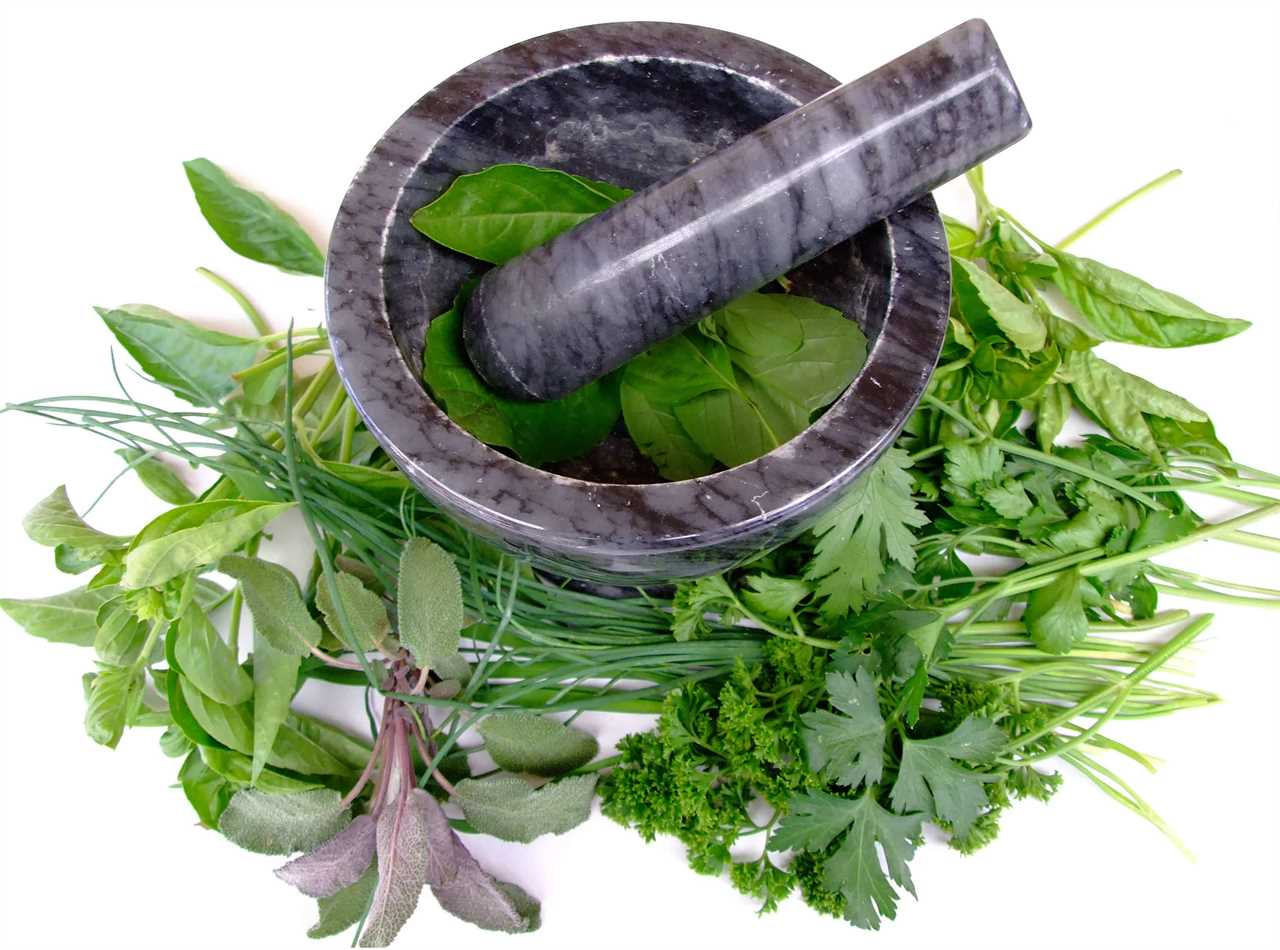 |
[TAG101]A tea assessment platform that rates teas based on objective quality markers and a sensory evaluation resulting in a list of the best teas produced each year. |
Did you miss our previous article...
https://belovedsaffron.com/herbs/nutmeg-the-aromatic-spice-for-warmth-and-depth
.png)





